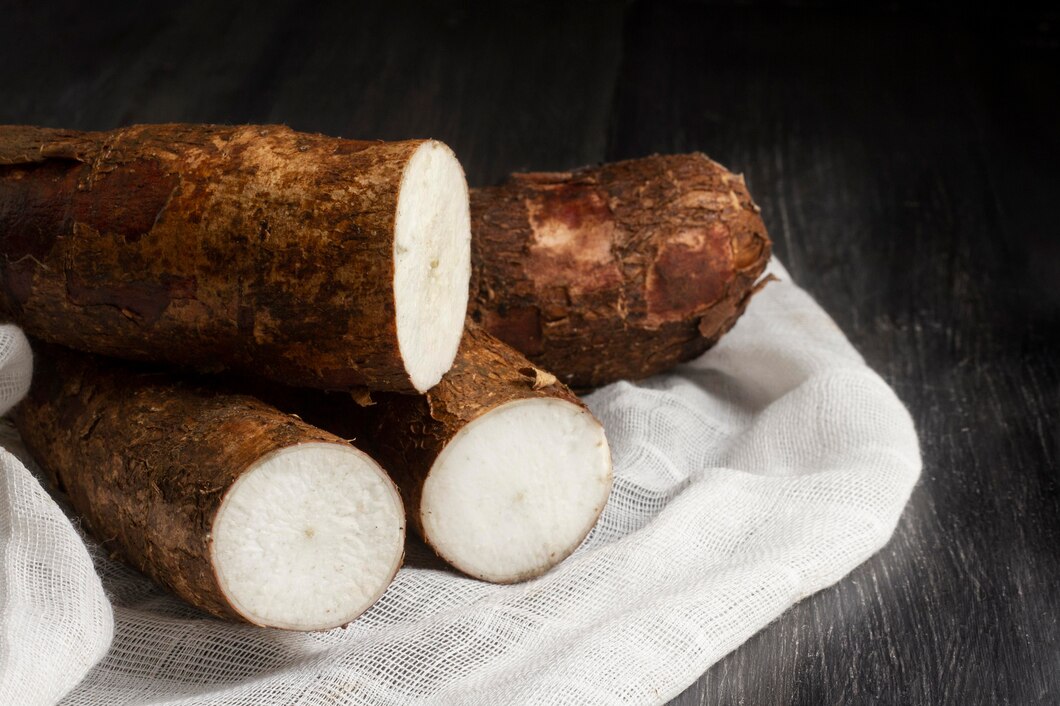Traditional dishes are often celebrated for their rich flavors, cultural significance, and the use of unique ingredients. However, some of these ingredients can be harmful or even poisonous if not prepared correctly. While these foods are commonly consumed around the world, it’s important to be aware of the potential risks involved in their preparation and consumption. Here are 10 foods that can be poisonous in traditional dishes if not handled properly.
- Fugu (Pufferfish): Fugu is a delicacy in Japan, but it’s also one of the most dangerous foods in the world. The fish contains tetrodotoxin, a potent neurotoxin that can be deadly if ingested. Only licensed chefs who have undergone rigorous training are allowed to prepare fugu, ensuring that the toxic parts of the fish are removed before serving.
- Cassava: Cassava is a staple food in many African and South American countries, used in dishes like garri, fufu, and tapioca. However, raw cassava contains cyanogenic glycosides, which can release cyanide when consumed. Proper preparation, including soaking, drying, and cooking, is essential to reduce the cyanide content and make cassava safe to eat.
- Ackee Fruit: Ackee is the national fruit of Jamaica and a key ingredient in the popular dish ackee and saltfish. However, the unripe fruit contains hypoglycin A and B, toxins that can cause severe vomiting, hypoglycemia, and even death. Only the fully ripened and naturally opened fruit should be consumed, and even then, only the edible yellow arils should be eaten.
- Rhubarb: Rhubarb is often used in pies, jams, and desserts, but the leaves of the rhubarb plant contain oxalic acid, which is toxic and can cause kidney failure if ingested. Only the stalks should be used in cooking, and the leaves should be discarded to avoid poisoning.
- Red Kidney Beans: Red kidney beans are a popular ingredient in chili, stews, and soups, but they contain a toxin called phytohemagglutinin, which can cause severe gastrointestinal distress if the beans are not cooked properly. To make them safe, red kidney beans must be soaked and boiled for at least 10 minutes before being used in recipes.
- Elderberries: Elderberries are used in syrups, jams, and wines, and are known for their medicinal properties. However, the seeds, leaves, and stems of the elderberry plant contain cyanogenic glycosides, which can release cyanide. The berries must be cooked thoroughly to break down the toxins and make them safe to eat.
- Nutmeg: Nutmeg is a common spice used in baking and cooking, but it contains myristicin, a compound that can cause hallucinations, nausea, and even death in large quantities. While small amounts of nutmeg used in recipes are safe, consuming too much can lead to nutmeg poisoning.
- Lima Beans: Lima beans, also known as butter beans, contain linamarin, a compound that can release cyanide when the beans are eaten raw. To make them safe, lima beans should be cooked thoroughly before consumption, ensuring that the cyanide is neutralized.
- Bitter Almonds: Bitter almonds are used in some traditional dishes and liqueurs, but they contain amygdalin, which can convert to cyanide in the body. Unlike sweet almonds, bitter almonds should not be consumed raw. They require proper processing to remove the toxic compounds.
- Starfruit (Carambola): Starfruit is a tropical fruit often eaten raw or used in salads and desserts. However, it contains neurotoxins that can be harmful, especially to individuals with kidney problems. For those with healthy kidneys, starfruit is generally safe in moderation, but it’s important to be aware of the risks.
While traditional dishes offer a taste of culture and history, it’s crucial to understand the potential dangers that certain ingredients can pose if not prepared correctly. Awareness and proper handling are key to enjoying these foods safely. Whether you’re a home cook or dining out, knowing the risks associated with these foods can help prevent food poisoning and ensure that your culinary experience is both delicious and safe. Always follow trusted recipes and guidelines when preparing dishes that include these potentially hazardous ingredients.








